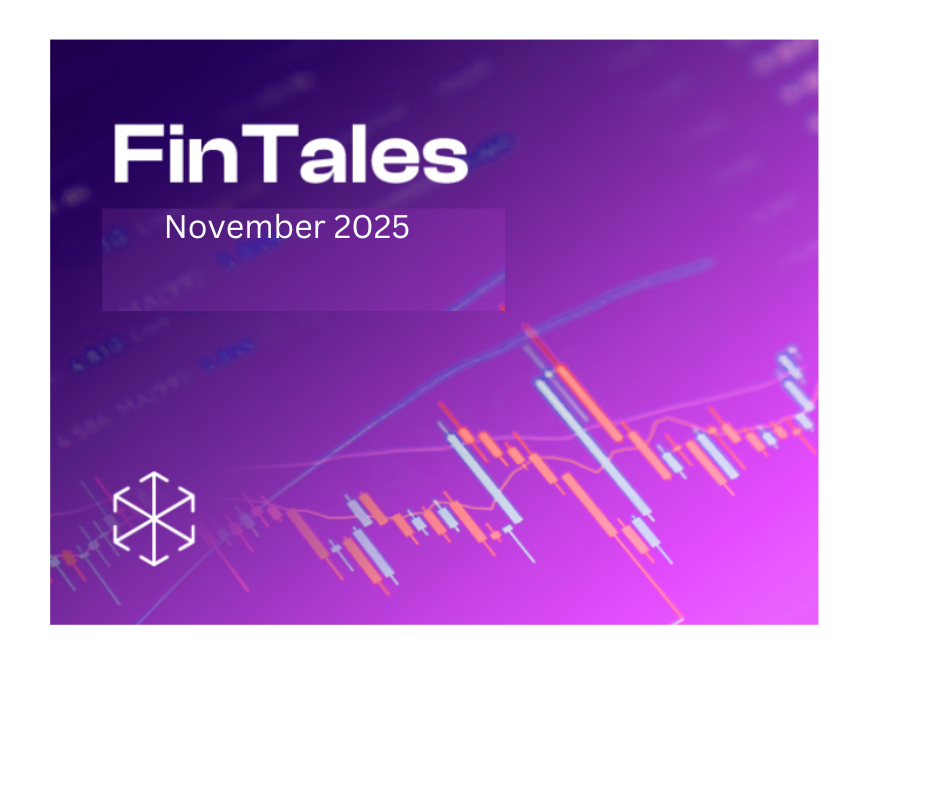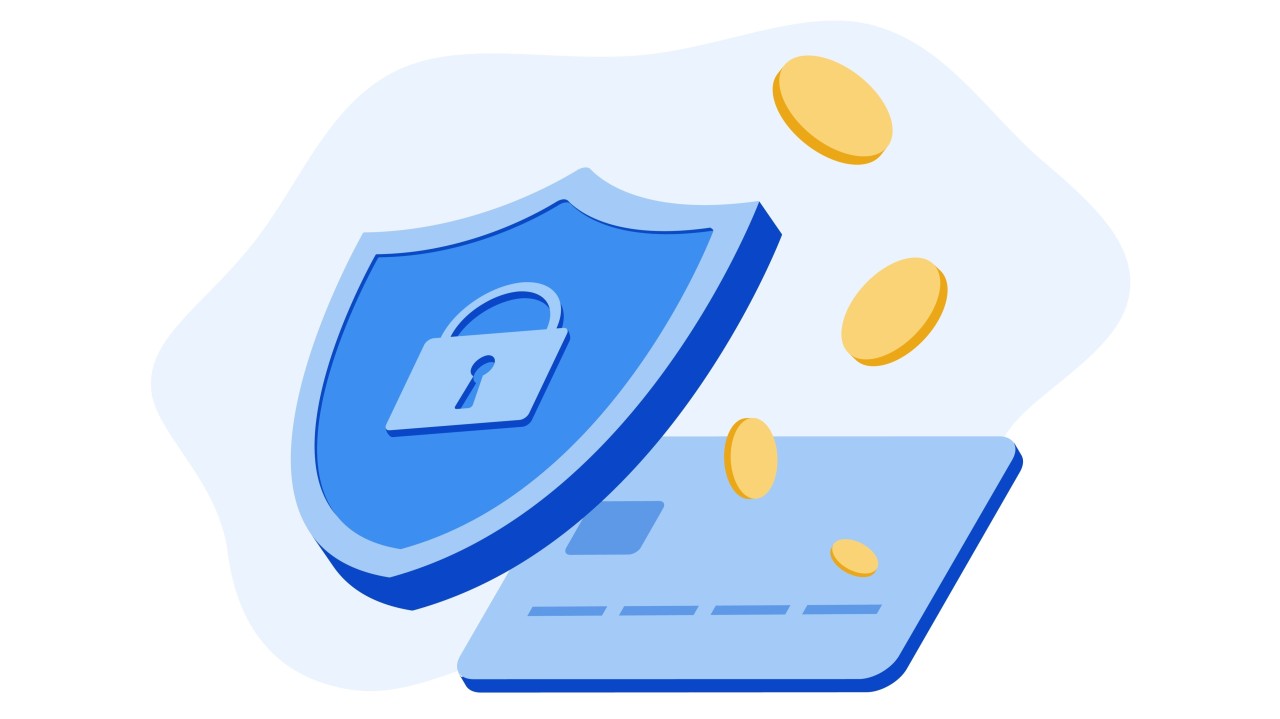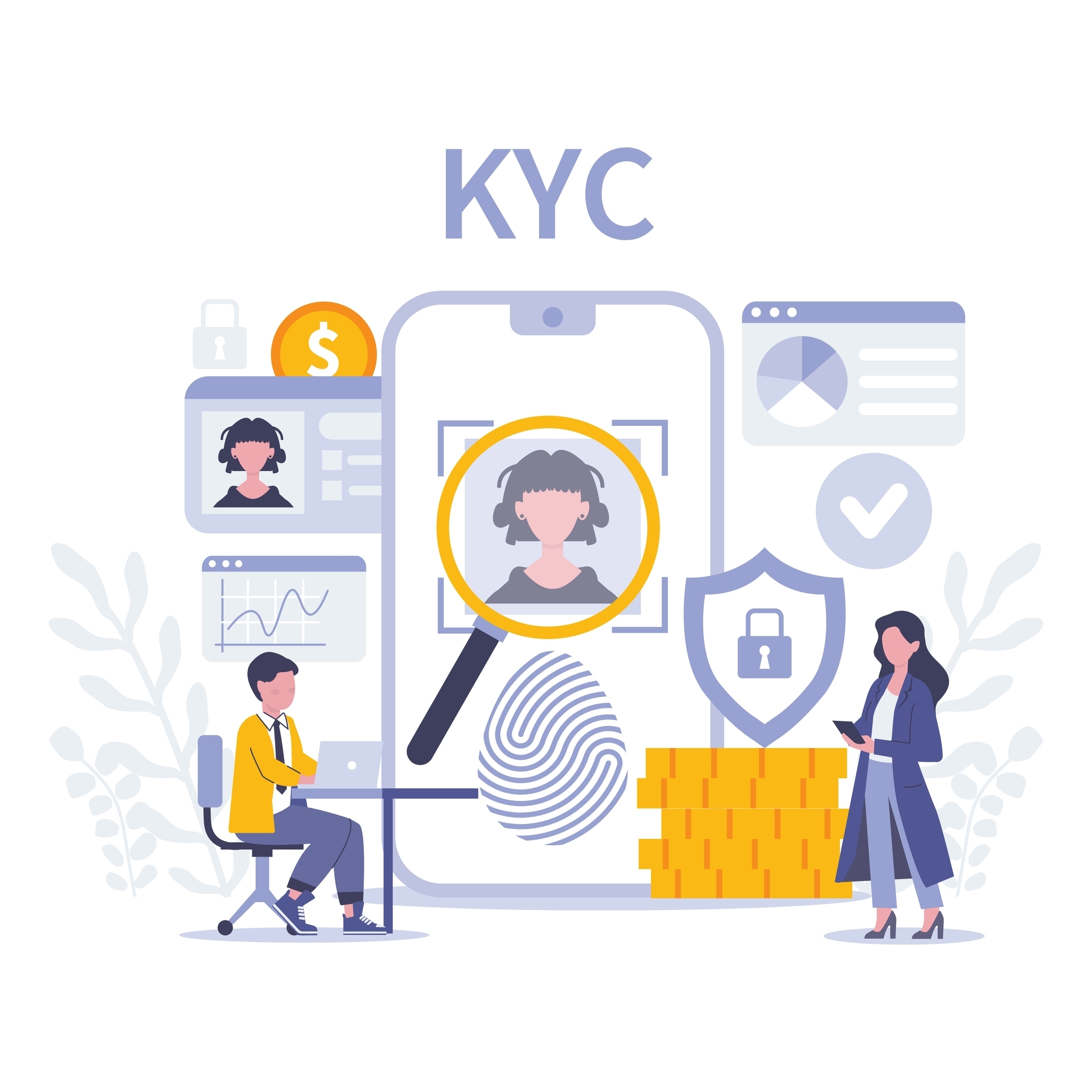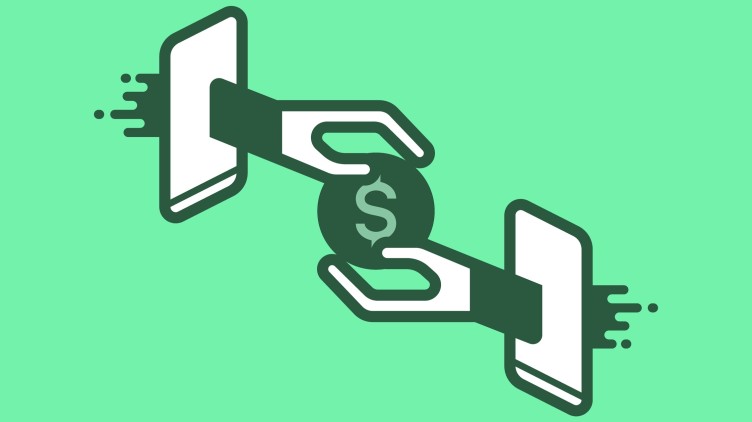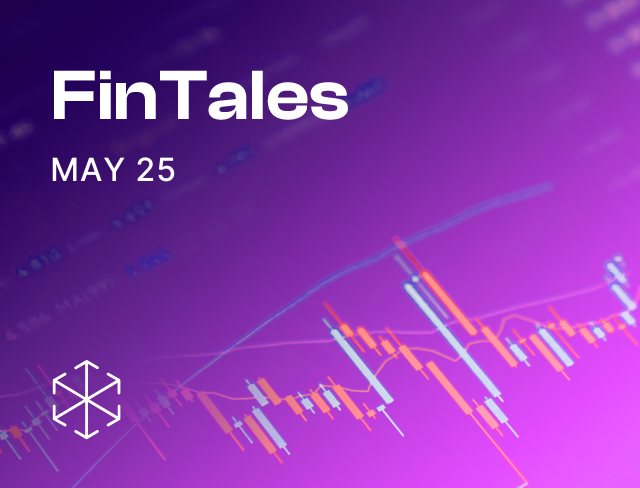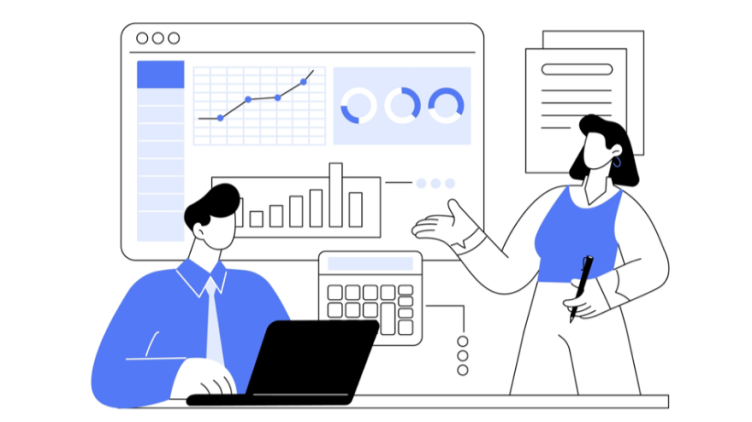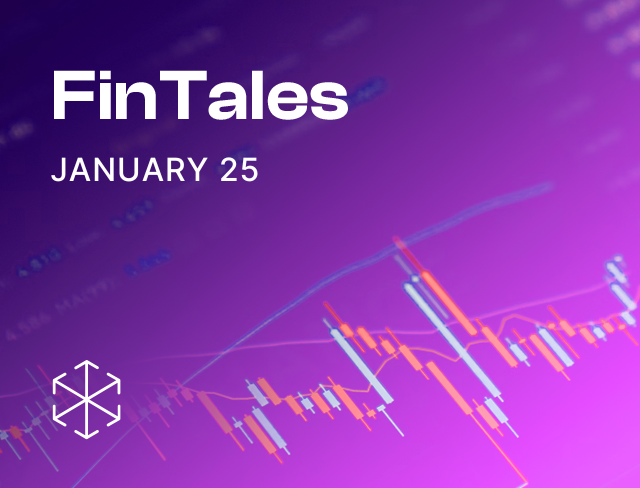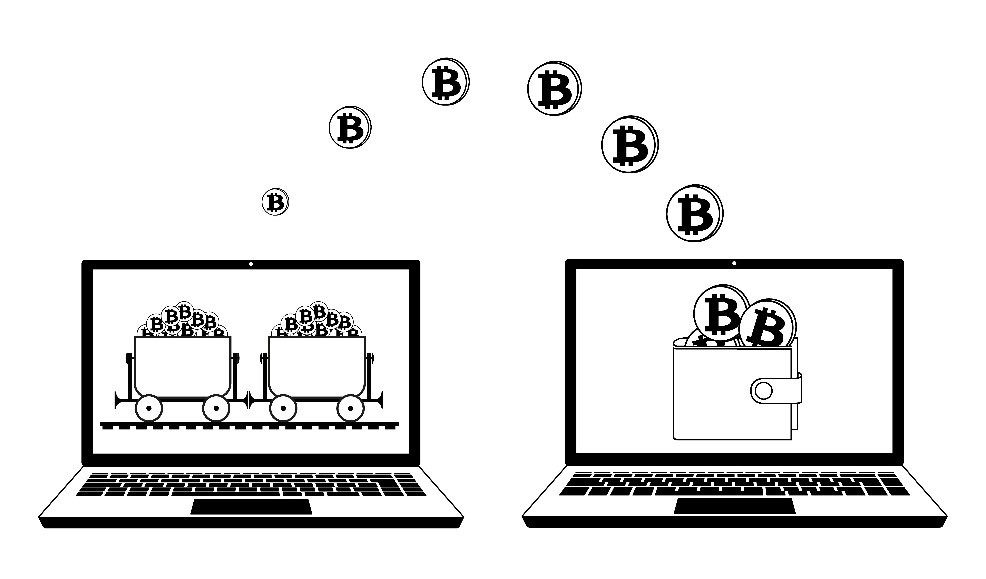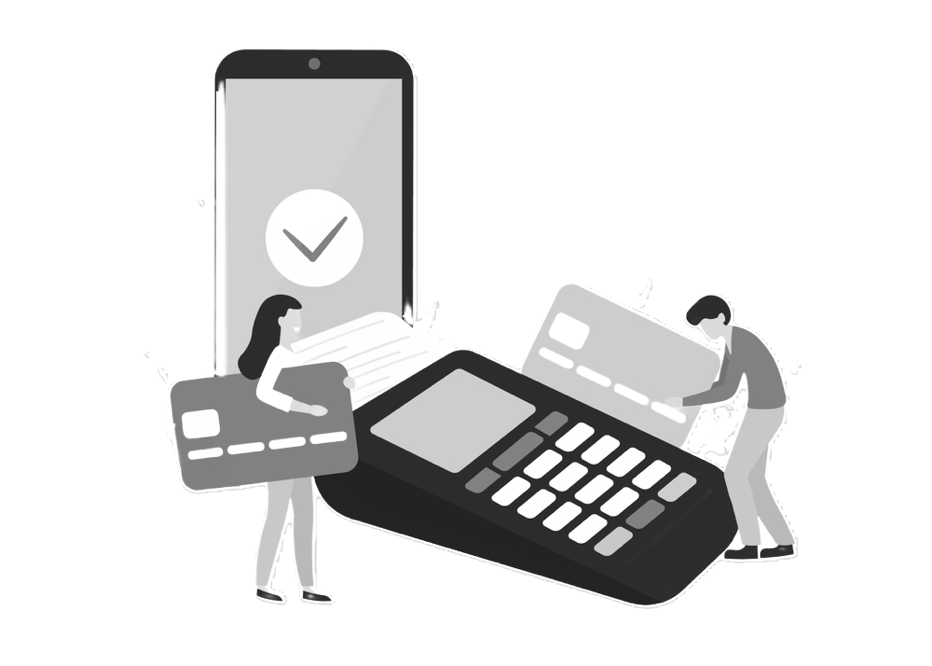In the film Bandersnatch, viewers make decisions for the main character – the young game programmer Stefan Butler. It is an interactive ‘choose your own adventure’ film. You, the viewer, make choices for Stefan. Your choices determine Stefan’s fate.
Today we want to take you on a similar adventure. A thought experiment, where you are the founder of a digital payments business. Based on your choices, the story can take multiple paths. Your choices determine how the story ends. Which path would you choose?
Door One: Betting on payments
In this storyline, you build a pure-play payments business. You hire the best talent to create a smooth, reliable, and secure payment experience. It’s a crowded space, so you keep raising funds to fuel cashbacks and rewards. You burn through capital. But you believe the costs will be recovered from the fee paid by merchants for availing your digital payment services (also known as Merchant Discount Rate or MDR). Except things don’t go as planned. The government declares that merchants can’t be charged MDR. Nor can you charge customers for paying digitally, regulation doesn’t permit it (and consumers are unlikely to pay a convenience fee – they’d much sooner switch to cash). To compensate, the government announces a Rs.1300 crore scheme. But it isn’t enough to cover the Rs. 5500 crore revenue loss suffered by the payments industry. So, you can’t make money from either side of the network: customers or merchants. You need to pivot. There’s no money in payments. Time to see what’s behind Door Two.
Door Two: Monetising data
In this reality, you built a payments business which serves as a data mine. You gather large amounts of data about your users and merchants. And then use this data to cross-sell other more lucrative products. Like loans, investments, and insurance. Your entire payments business is ‘customer acquisition cost’ for another business – another product. But turns out, your targeted offers are eerily accurate. Your users are spooked by how well you know them. They fear their privacy is compromised. Data privacy is also at the top of the government’s agenda, and it’s all set to introduce a new data protection law. Under the new law, you can’t use data collected for one purpose for another. So, you can’t use data collected for facilitating payments to cross sell a lending product – unless you get clear user consent to do this. Some users consent, but many do not. Another monetization strategy, which could have kept your payments business afloat, is under threat. With nothing to lose, you open Door Three.
Door Three: Becoming a bank
In this narrative arc, you realise that to become profitable you need to be a ‘neo-bank’. Payments, by itself, isn’t going to cut it. Except under current law, you can be as ‘neo’ as you like. But you can’t be a ‘bank’. You can’t accept deposits or give loans. To offer account or loan services, you need to partner with an existing bank. And your app is simply an experience-layer over the bank’s products. But much to your delight, the government’s leading think-tank proposes allowing full stack ‘digital banks’, which can be operated without any physical bank branches. The digital banks can accept deposits and give out loans. They can participate in both sides of the balance sheet (unlike ‘payment banks’ which can accept deposits but can’t lend). But this proposal hasn’t been greenlit by the central bank, yet. And you’ll probably have to wait a while before you can apply.
Seems like an intractable trilemma. To understand how this plays out in the real-world, we spoke to Prince Jain, who works with the product team at Jupiter. He also writes one of our favourite fintech blogs, Unit Economics. He explained that it’s difficult to monetize a standalone payments business. While some monetization is possible in the B2B space, it’s almost impossible in the B2C context. “If you build a niche B2C payments business, you can become an acquisition target in 3-4 years. But a B2C payments business by itself may not be sustainable for 15-20 years, unless you achieve massive scale.” he elaborated. When asked about the impact of regulation on MDR, he thinks that even without government intervention, market forces will push MDR down, but it’s unlikely to become zero. A zero-pricing strategy is unsustainable for all payment service providers. While discussing data usage, he emphasised that currently fintech players rely on alternative data only to a limited extent: “The perception of how much data we use to underwrite and cross-sell is bigger than actual use. The risk policies still strongly rely on external data like credit bureau information or bank statements. External data is still the most used type of data. But this may change as B2C fintechs scale and build larger alternative data sets”.
All in all, building a digital payment business in India is challenging. And at least some of these problems can be addressed if the government rolls back the zero MDR policy and allows payment companies to monetize their core business. Otherwise, some fintech entrepreneurs may meet Stefan’s fate in Bandersnatch where there are many possible endings but none are happy.
(This post has been authored by the fintech team at Ikigai Law. It was originally published in the March 2022 edition of our monthly fintech newsletter, FinTales.)

